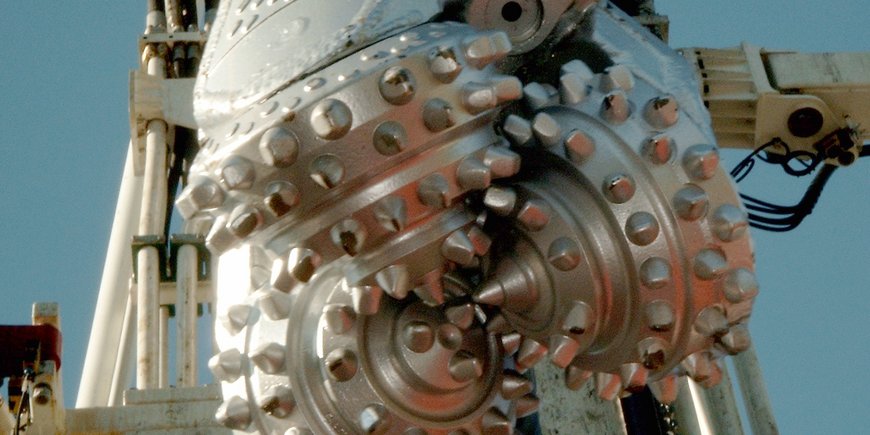Conference at the GFZ on the status of knowledge of both technologies
10.02.2010 | Potsdam: The fight against the CO2 emissions can be applied at two places: First of all, forms of energy can be used, which yield either no, or only very small amounts of carbon dioxide emissions, for example geothermal energy. Secondly the inevitably freed CO2 when burning fossil energy sources can be captured and geologically stored in suitable rock formations. If, however, geothermal and geological CO2-storage need to use the same rock layers, the question arises if the one does not perhaps rule out the other.
On february 10 and 11, more than 250 engineers, geoscientists and decision makers from politics and industry discuss this question during an international conference “Geothermal Energy and CO2-Storage: Synergy or Competition” which is taking place at the GFZ-German Research Centre for Geosciences in Potsdam. Leading experts from Canada, Great Britain, France, The Netherlands, Switzerland, Norway, Denmark and Germany will report on the current status of knowledge of both technologies. A total of 25 countries are represented at the meeting.
As the sole institute world-wide, the GFZ has already been offering large-scale field experiments for both topics as key contributions to the large thematic challenges of our time in the fields of climate and energy. This Potsdam Helmholtz Centre has, furthermore, established both a Centre for CO2-Storage as well as an International Centre for Geothermal Energy.
The two Research Labs in Brandenburg, at Gross-Schoenebeck (Geothermal Energy) and at Ketzin (CO2-Storage), hold as world-wide reference locations. The complete chain from reservoir characterisation to the geothermal use of deep sedimentary deposits was tested for the first time within the framework of a research project at the GFZ-Geothermal site in Gross-Schoenebeck. The location is currently being extended for the development of innovative geothermal technologies. In the laboratory at Ketzin the injection of CO2 is being demonstrated for the first time on mainland Europe, using the most comprehensive measuring instruments world-wide for such a project, observation methods for the supervision of the ongoing processes are being developed. Research on the joint use of suitable rock formations by Geothermal and CO2-Storage is, in this context, a new research field.
The results of research are anything but of a regional nature: the procedures and solutions developed here will, in the long run, be useful for aspiring nations and threshold countries to satisfy their required energy demand and, at the same time, to limit the carbon dioxide emissions.
On the second day of the conference, representatives from politics and society will be discussing the conclusions from the results of research under the aspect of implementing the developed technologies and deriving boundary conditions for the use of the underground.
Further information on the conference








![[Translate to English:] Torsten Sachs in front of a climate station on a field](/fileadmin/_processed_/3/9/csm__TorstenSachs_bearbeitet_GS_4a1365ef84.jpeg)

![[Translate to English:] left image flood at the Ahrtal: image from above, several houses are flooded; left image:: Heidi Kreibich;](/fileadmin/_processed_/4/4/csm_Bild2_9af0130e9f.png)



![[Translate to English:] Start der Vega Rakete](/fileadmin/_processed_/6/4/csm_20231201-kachel_Vega-VV23-launch_ESA-CNES-Arianespace_706716b68c.jpeg)









![[Translate to English:] Poster exhibition at the Brandenburg Hydrogen Day at the GFZ, some participants in the foreground](/fileadmin/_processed_/6/5/csm_Erster_Brandenburgischer_Wasserstofftag_GFZ_402fcec95e.jpeg)
![[Translate to English:] Group picture of the participants](/fileadmin/_processed_/9/4/csm_20231108_CAWa-Workshop-Tashkent_Gruppenbild_99ea779d8a.jpeg)

![[Translate to English:] [Translate to English:] Hörsaal](/fileadmin/_processed_/e/6/csm_H%C3%B6rsal_e21ac645fb.jpeg)


![[Translate to English:] The Delegations in the Historic Library on the Telegrafenberg. In the back there are from left to right, the Dutch Ambassador for Germany, Ronald van Roeden, the Dutch Minister for Education, Culture and Science, Robbert Dijkgraaf and the scientific director of the GFZ, Susanne Buiter.](/fileadmin/_processed_/d/b/csm_Kachel-2_9eba4b4212.jpeg)

